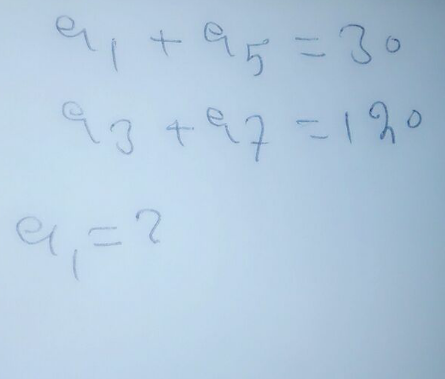
AllQuestion and Answers: Page 1030
Question Number 116272 Answers: 1 Comments: 0
Question Number 116271 Answers: 2 Comments: 0
Question Number 116267 Answers: 2 Comments: 0
Question Number 116259 Answers: 1 Comments: 0

Question Number 116253 Answers: 0 Comments: 0
Question Number 116252 Answers: 2 Comments: 0
Question Number 116250 Answers: 0 Comments: 0
Question Number 116249 Answers: 0 Comments: 0
Question Number 116248 Answers: 0 Comments: 0
Question Number 116247 Answers: 0 Comments: 0
Question Number 116245 Answers: 3 Comments: 0
Question Number 116239 Answers: 4 Comments: 0
Question Number 116238 Answers: 1 Comments: 0
Question Number 116237 Answers: 2 Comments: 0
$$\int\:\sqrt{\mathrm{5cos}\:^{\mathrm{2}} \mathrm{x}+\mathrm{4}}\:\mathrm{dx}\:? \\ $$
Question Number 116231 Answers: 1 Comments: 0
Question Number 116221 Answers: 3 Comments: 0
Question Number 116216 Answers: 1 Comments: 0
Question Number 116192 Answers: 2 Comments: 1

Question Number 116184 Answers: 1 Comments: 0
Question Number 116177 Answers: 0 Comments: 1

Question Number 116173 Answers: 0 Comments: 2
Question Number 116167 Answers: 1 Comments: 0
Question Number 116166 Answers: 1 Comments: 0
Question Number 116162 Answers: 1 Comments: 0
Question Number 116163 Answers: 1 Comments: 0
Question Number 116196 Answers: 6 Comments: 0
Pg 1025 Pg 1026 Pg 1027 Pg 1028 Pg 1029 Pg 1030 Pg 1031 Pg 1032 Pg 1033 Pg 1034
